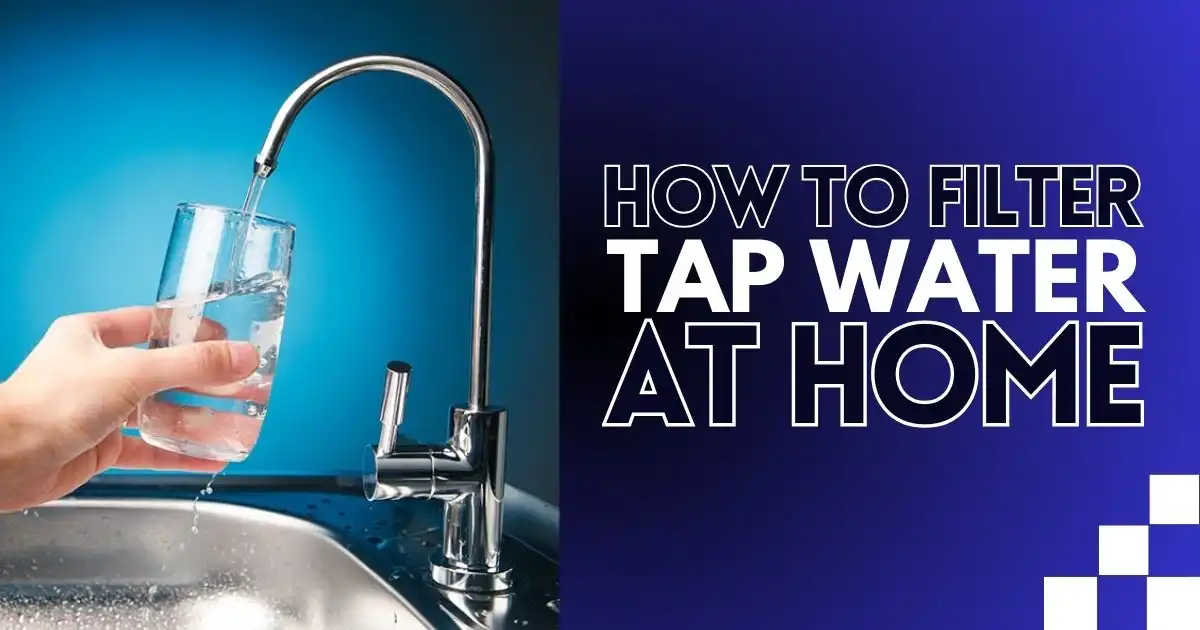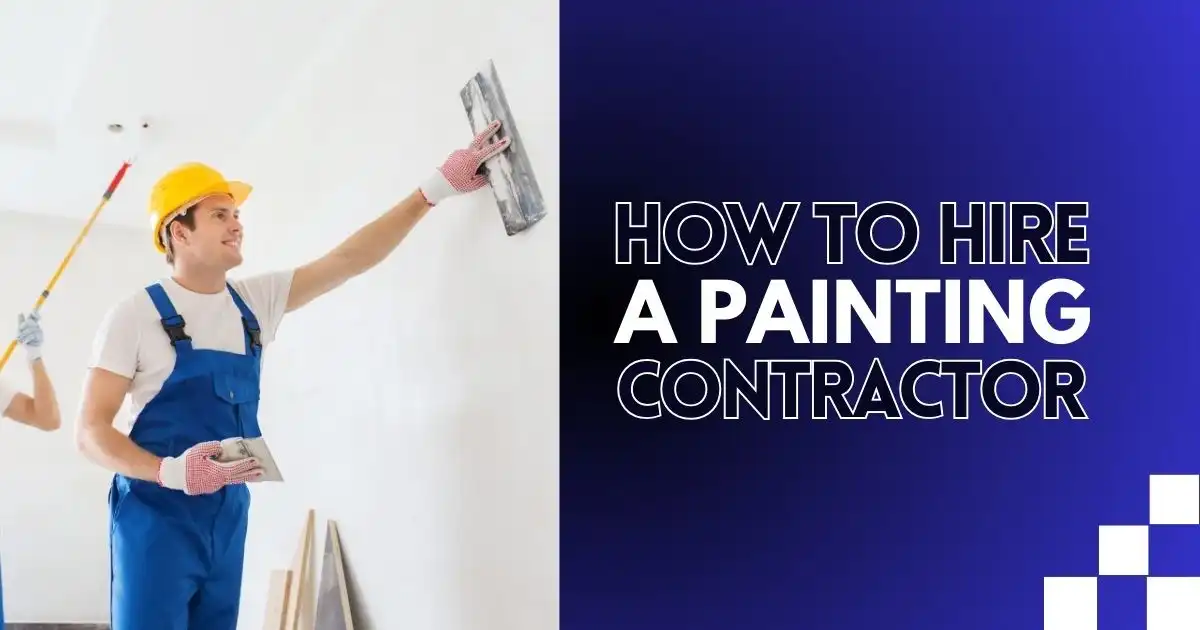Pipes don’t burst on a schedule—they fail without warning, often at the worst possible moment. A broken pipe can release gallons of water per minute, soaking everything in its path. Every second matters, but many homeowners don’t know how to turn off their main water supply. That mistake can be expensive.
Without quick action, water can seep under floors, into walls, and damage furniture, leading to costly repairs. Emergency plumbers charge hundreds or even thousands for urgent calls. However, you can avoid this by knowing how to turn off water outside the house. Shutting off the water main is a simple task that can save you significant expenses.
What is Water Main Shut-Off Valve?
A water main shut-off valve is the most important plumbing control in your home. It controls the flow of water from the main supply line into your pipes. In emergencies like burst pipes or major leaks, shutting off this valve immediately prevents flooding, property damage, and costly repairs, saving you time and money.
Every homeowner should know its exact location—typically in basements, crawl spaces, or near water meters. Turning it off is simple but important. A ball valve requires a quarter turn, while a gate valve needs to be turned counterclockwise. Mastering this basic skill can mean the difference between minor inconvenience and a major disaster.
6 Steps to Turn Off Your Home’s Main Water Valve
Would you know how to stop water from flooding your home in an emergency? Most homeowners hesitate—and that hesitation costs them thousands. Don’t be caught off guard. These six simple steps will show you exactly how to shut off your water supply quickly and effectively.
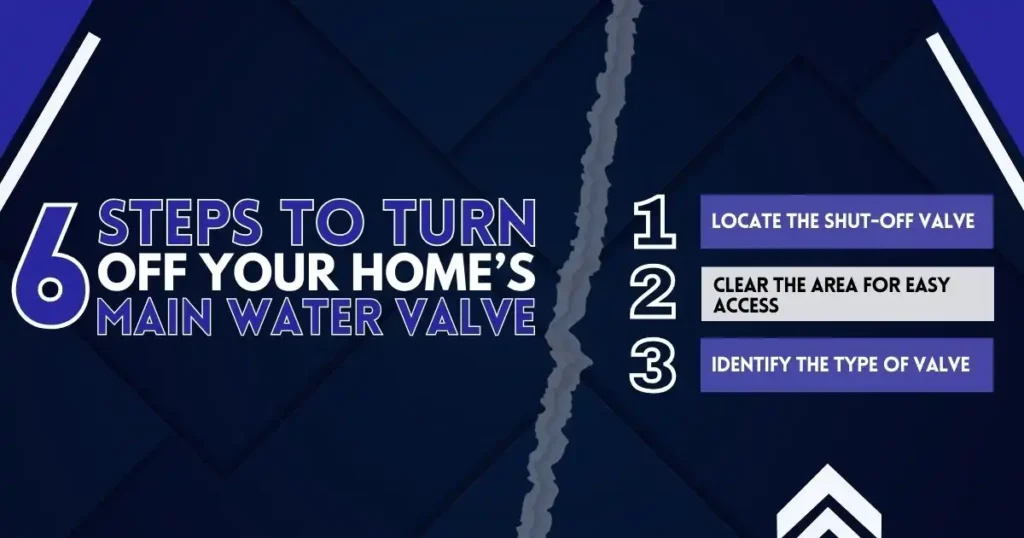
Step 1: Locate the Shut-Off Valve
Knowing where your main shut-off valve is can save you from costly water damage. In an emergency, every second counts. Check your basement, crawl space, or near the water heater if you have a slab foundation. If you’re connected to city water, it’s likely near the incoming supply line.
If you’re unsure where to find your water valve, check outside near the street or alley for a buried concrete box with a metal lid. This is where the municipal water main enters your property. Knowing how to turn off a water valve, including turning off the main water valve or main water line, can help you act quickly during emergencies.
Step 2: Clear the Area for Easy Access
Once you find the shut-off valve, ensure it’s easily accessible. Many homeowners unknowingly block the valve with boxes, tools, or other items, making it harder to reach during emergencies. If you need to know how to turn off a water valve quickly, clearing the area around it is crucial to turn off the main water valve or main water line.
Keep a clear path to the valve and ensure enough space to operate it efficiently. If the valve is outside in a water meter box, remove any dirt, leaves, or debris that may block access. Knowing how to turn off a water valve quickly, such as turning off the main water valve or main water line, can help prevent serious damage.
Step 3: Identify the Type of Valve
There are two main types of shut-off valves: ball valves and gate valves. A ball valve, commonly used to turn off the main water valve, has a lever handle and requires only a quarter-turn to stop water flow. A gate valve, often found outside to shut off the water main, requires several turns counterclockwise to fully close the main water line.
Knowing which type of valve you have is crucial for knowing how to turn off a water valve efficiently. If you’re unsure, practice turning off the main water valve or water outside the house during an-emergency situation. Familiarizing yourself with how to turn off the main water line or shut off the water main in advance will ensure you’re ready when needed.

Step 4: Shut Off the Valve Properly
For a ball valve, turn the handle 90 degrees (one-quarter turn) until it’s perpendicular to the pipe—this completely stops the water flow. For a gate valve, turn the wheel counterclockwise until it stops moving. Do not force it, as older valves can break or become stuck.
If the valve is difficult to turn, use a wrench for better grip, but apply gentle pressure to avoid damaging the valve. When you turn off the main water valve or shut off the water main, listen for the sound of running water to stop. A properly closed valve ensures no water is flowing through the main water line or plumbing system.
Step 5: Release Remaining Water Pressure
Even after you shut off the main water valve, some water will remain in your pipes. To prevent leaks or pressure buildup, turn on the lowest faucet in your home, like a basement or ground-floor sink. Let the remaining water drain completely until no more water flows out, ensuring the main water line is fully drained.
Flushing toilets and opening multiple faucets can speed up the process. Releasing pressure prevents potential pipe bursts and makes any necessary repairs easier. This step also helps confirm that the shut-off valve is working correctly, ensuring no hidden leaks continue to cause damage.
Step 6: Verify and Monitor for Leaks
After turning off the main water valve, check your home for signs of water still flowing. Listen for dripping sounds, inspect under sinks, and check water connections. If water continues to flow, the shut-off valve may not be fully closed. In such cases, try tightening the valve further to ensure it completely shuts off the main water line.
If shutting off the valve doesn’t stop the water completely, you may need to turn off the supply at the municipal connection outside your home. Always keep a wrench handy for emergencies. Being prepared and knowing these steps can prevent extensive water damage and costly repairs.
When to Turn Off the Water Main Shut-Off Valve?
You should turn off the water main shut-off valve to prevent flooding, stop leaks, and avoid costly water damage. It’s essential during pipe repairs, emergencies, and when leaving for extended trips. Acting fast protects your home from structural damage, mold growth, and expensive plumbing disasters.
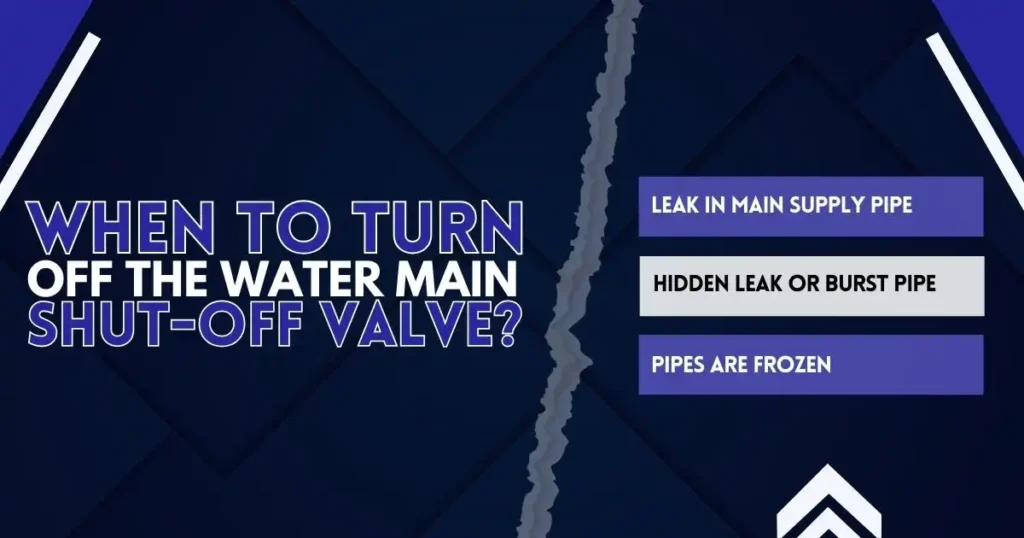
1. Leak in Main Supply Pipe
A visible crack or leak in a major water supply pipe can lead to massive water loss and damage. Turning off the water main immediately prevents further leaks, floods and minimizes damage to floors, walls and structural elements of your home.
2. Hidden Leak or Burst Pipe
When you can’t pinpoint the exact location of a burst pipe, turning off the water main is critical. It prevents water from continuing to flow, which can save your home from extensive damage, and gives you time to locate and fix the issue.
3. Pipes are Frozen
Frozen pipes are prone to bursting when they thaw. Turning off the water main helps limit damage while you safely thaw the pipes. It stops water from flowing through weakened pipes, reducing the risk of leaks, cracks, or flooding when the pipes thaw.
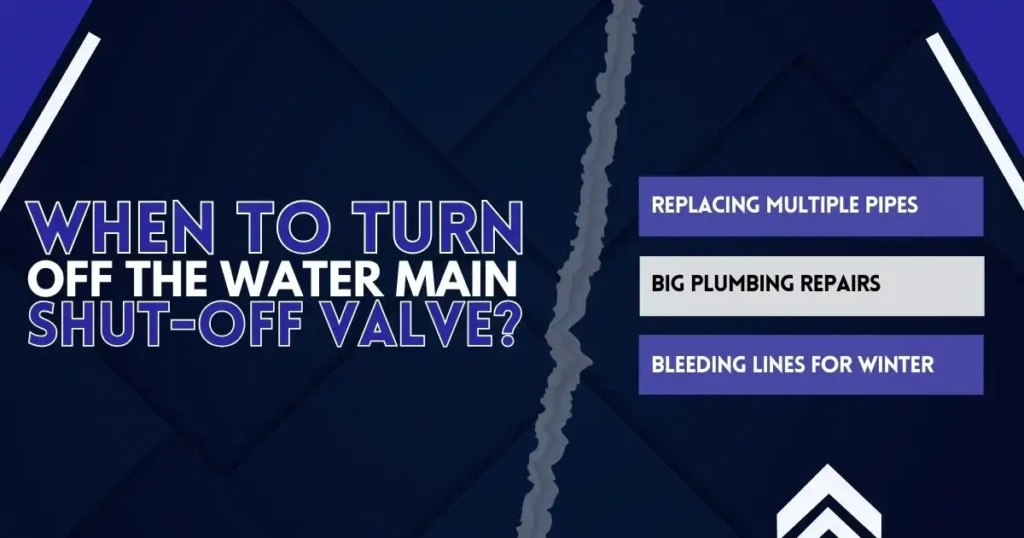
4. Replacing Multiple Pipes
During major plumbing work, turning off the water main ensures no water flows through the pipes while you replace them. This is essential to avoid water damage, prevent leaks during installation, and maintain a dry workspace to make the repairs safe and efficient.
5. Big Plumbing Repairs
When performing extensive plumbing repairs, turning off the water main is a must. It ensures no water pressure in the system, preventing accidental flooding, leakages, or water damage while you work. It gives you full control over the plumbing system during repairs.
6. Bleeding Lines for Winter
Before the cold winter months, draining your water lines is important to prevent pipes from freezing. Shutting off the water main allows you to safely bleed the lines, removing any remaining water and reducing the risk of pipes bursting during freezing temperatures.
Turning off your water main at the right time can save you from big headaches and expensive repairs. If you’re ever unsure, it’s always safer to shut it off and call a plumber. A few minutes of action can protect your home and your peace of mind.
Protect Your Home from Water Damage with Ease
Mastering how to turn off your main water valve is important in protecting your home from water damage. Don’t let a plumbing emergency overwhelm you—being proactive is the key. Locate the valve now, and you’ll have the peace of mind knowing you can quickly take control when disaster strikes.
Don’t leave your home vulnerable to plumbing disasters. Contact us at Vegas Plumbing Pros for all your plumbing needs, from repairs to upgrades. Stay ahead of plumbing issues with expert advice, tips, and exclusive deals on our top-tier services. Let us be your trusted partner in keeping your home safe and your plumbing system running smoothly!
FAQS
Can I turn the water back on at the main shut-off valve myself?
Once your emergency plumber has completed the repairs, you can safely turn the water back on. In most cases, the plumber will do this to test the repairs and check for any remaining issues. If they don’t, you can do it yourself—just open the valve slowly to avoid air entering the pipes.
Should I open faucets before turning the water main shut-off valve back on?
Before turning the water main back on, it’s helpful to open one or two faucets. Shutting off the main introduces air into the pipes, and opening faucets allows the air to escape as water refills. Ideally, open faucets on the highest floor and farthest from the shut-off valve for better results.
Should I turn off my water main shut-off valve as soon as I notice a burst pipe?
When a pipe bursts, stopping the water flow quickly is essential. If accessible, use an isolation valve near the burst pipe. However, if the burst pipe is hidden or part of a larger supply line, the safest and fastest way to stop the water is to turn off the main water line. This prevents further damage to your property.
Is it safe to turn off the main water valve?
First, locate the main water supply valve in your home, as you should be familiar with its location for emergencies. The valve usually has a wheel control or lever handle. To shut off the water main, rotate the wheel clockwise or close the lever to stop the water flow, preventing further damage.


